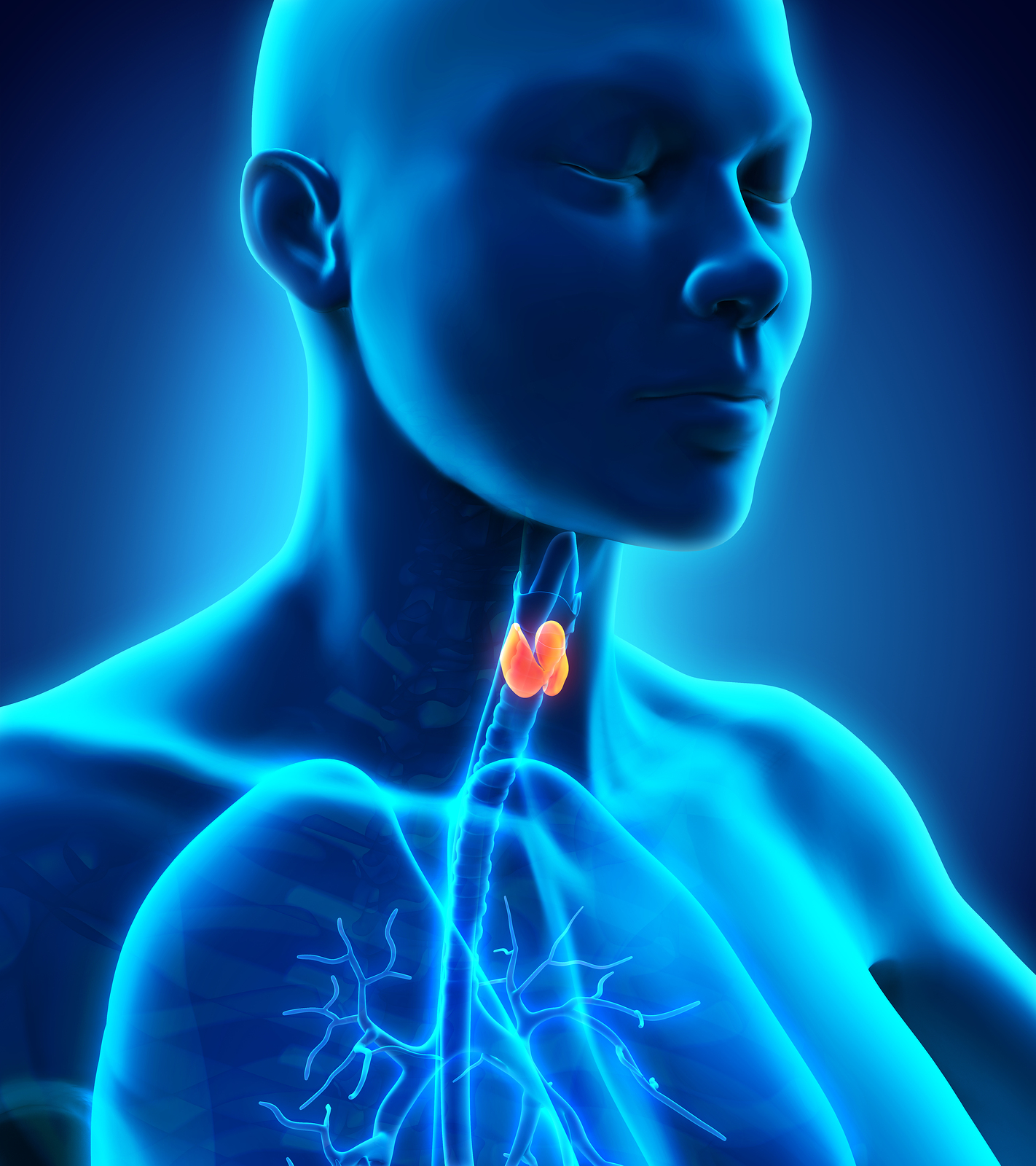How Stress and Trauma Promote Disease
Healing takes energy and time. In order to embark on the healing journey we must be in a safe place. We must know that we can expend the energy to heal, and not have to spend the energy fleeing from danger. This takes place in a region of our brain, which is in the subconscious. The amygdala is part of the mid brain and is responsible for answering this important question—Is it safe to spend energy on healing?
Our subconscious stores information from traumatic experiences. These can be emotional, physical, or even biochemical traumas. Examples of emotional traumas include neglect, not feeling loved, verbal degradation and prolonged stress. Physical trauma can be intentional (abuse) or unintentional (concussions) and sometimes necessary (like surgery). Biochemical trauma can be environmental toxicants, prolonged illness and the effects of high stress. When our subconscious perceives the environment to be one of threat, we save our energy for the impending fight at the expense of spending the energy necessary to heal.
Putting it simply, we are wired to be in one of two states: rest-digest-and-heal or fight-or-flight. The names of these two systems are the parasympathetic and sympathetic nervous systems. We cannot be in both. Only one can be dominant. To heal, we must bring forth the parasympathetic nervous system. To do that, we must first quiet the fight-or-flight response.
You simply cannot heal if your subconscious is constantly perceiving danger. The control centers in your brain will not allow your body to spend the necessary energy on healing when it thinks it has to save it in order to flee for your life.
How to reset the nervous system to allow healing
There are active and passive ways to do this, and I suggest doing both. Pull out all stops and promote healing.
Active methods
The Gupta Program for Brain Retraining
This at-home program was Ashok Gupta, who used it to recovery himself from complex chronic illness. The testimonials are undeniably positive. The program comes with a 28-day free trial and a money-back guarantee. More information here.
DNRS (Dynamic Neural Retraining System)
This at-home program was developed by Annie Hopper. The testimonials are undeniably positive. You must commit to at least 15 minutes daily for the program to have success. Annie recommends 1 hour daily, but I have heard physicians say their more sensitive patients cannot tolerate an hour and do very well with 15 minutes. She also offers a money-back guarantee if you do not see improvement.
Online version click here
Video package link here
Affirmations (1,2)
Repeat after me:
I am well; You (insert your name) are well; Yvonne (insert your name), she is well.
I am loved; You (insert your name) are loved; Yvonne (insert your name), she is loved.
I am safe; You (insert your name) are safe; Yvonne (insert your name), she is safe.
Suggestions:
Write them in all 3-persons (I, you, she) 10 times daily
Click here for a link to Louis Hay’s Affirmations
Yoga/Tai Chi
These exercises incorporate breathing and stretching or movement that encourage parasympathetic activity.
Prayer and Meditation
Prayer/Meditation is quieting the mind. Rather than listing out your problems though, consider picturing yourself as a baby, with God as the loving father or mother, holding you. Just listen, don’t speak.
Quieting the mind does not come easily to many people, me included. We need to look at it like an exercise, and verbally acknowledge that if it is difficult for us, it means we need it all the more. If you are physically out of shape and can’t do a push-up would you say “I tried it and it’s not for me” or would you start gradually strengthening your body until you could do a push-up? Yet I hear frequently from my patients “I’ve tried meditation but my mind races so it’s not for me”
Here are some meditation tools:
Headspace This app for smart phones provides guided meditations. They offer a 10-day free trial, after which you are required to purchase access.
Heartmath This program is a biofeedback tool for monitoring and encouraging heart rate variability. When we are relaxed (parasympathetic dominant) our heart rate varies; when we are stressed (sympathetic dominant) it does not.
Grattitude
A simple strategy is to start a Gratitude Journal. In the morning of each day, write three things you are grateful for. At the end of each day, write one thing you did very well that day, and one thing that was a pleasant surprise to you.
I believe a grateful heart repels illness as well as a rolling stone gathers no moss.
Passive Method— Neurofeedback
Some people either don’t have the home atmosphere that allows the discipline for the above active methods, or they actually may be too exhausted to exert the necessary effort. The beauty of the passive method is all you have to do is show up. No other effort is required. The brain responds to the input of the technologically-advanced machinery.
Neurofeedback is biofeedback for the brain. I have written about this in the past (link here), but I want to discuss a special program specifically designed for those with trauma. The PTSD protocol targets the amygdala during training. Intense emotions can arise, either during the sessions or in the form of dreams later. This is the result of them being released from suppression by the amygdala. Resurfacing allows reprocessing, and then the amygdala no longer has to suppress them. This frees up significant energy that can now be used for healing.
The sessions last about 30 minutes, and are done with eyes closed, listening to music of your choice. They are done in as-close-to-daily sequence as possible. It can be intense, so I usually recommend someone have access to a counselor during the training. Six to ten sessions are typically required. It sounds funny, but you will know when you are done.
I am finding the PTSD protocol to be a very important tool for promoting healing in my patients with complex chronic illness. It is very important to remove the barriers to healing, and suppressed trauma is a big one.
What if You Don’t Remember a Trauma?
Some people KNOW they had trauma. For others though, it may be buried deep in the subconscious. This is a tough one, because we don’t necessarily want to assume that something bad happened to us.
There are clues to suppressed trauma:
1. Black periods in your memory
2. Anxiety or depression that goes back as far as you can remember
3. A sudden change somewhere in your past from being happy-go-lucky to anxious/depressed
4. Inability to get well despite adhering to a healing path—eating correctly and taking your supplements
Let’s Move On From This!
If you suspect that hidden (or not-so-hidden) trauma is impeding your healing, please seek help. I know some very good therapists that I can share with you. I would also be very happy to discuss the possibility of doing PTSD Neurofeedback therapy. Let’s remove the barriers to healing so we can continue on our journey to vibrant health!





